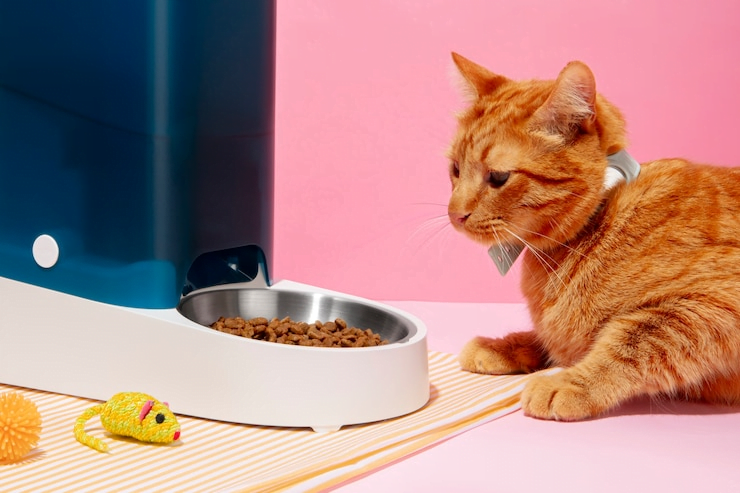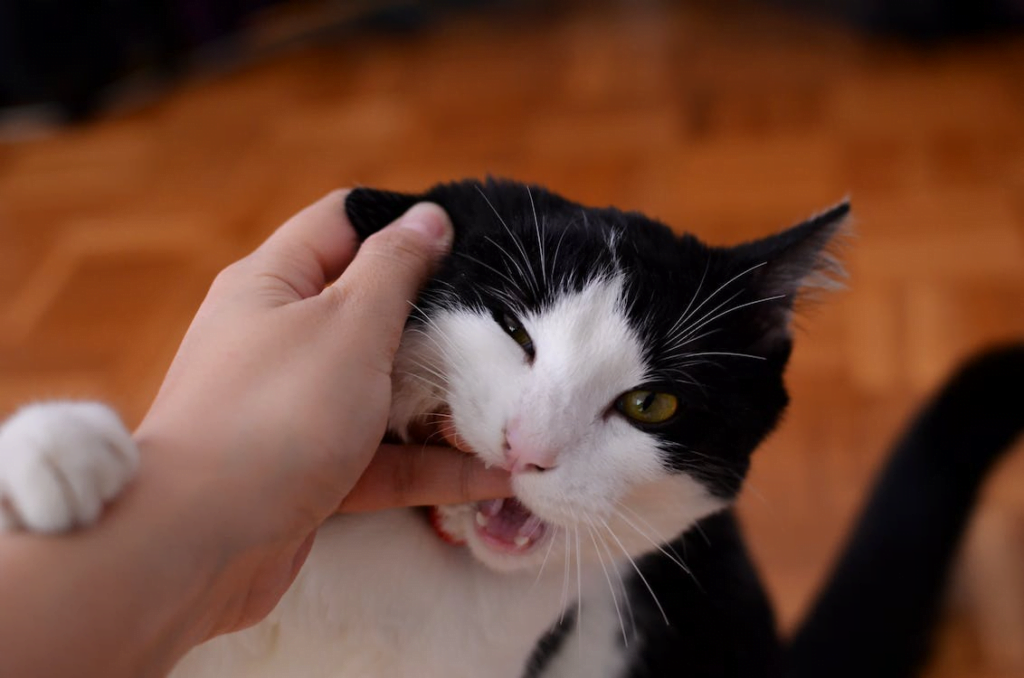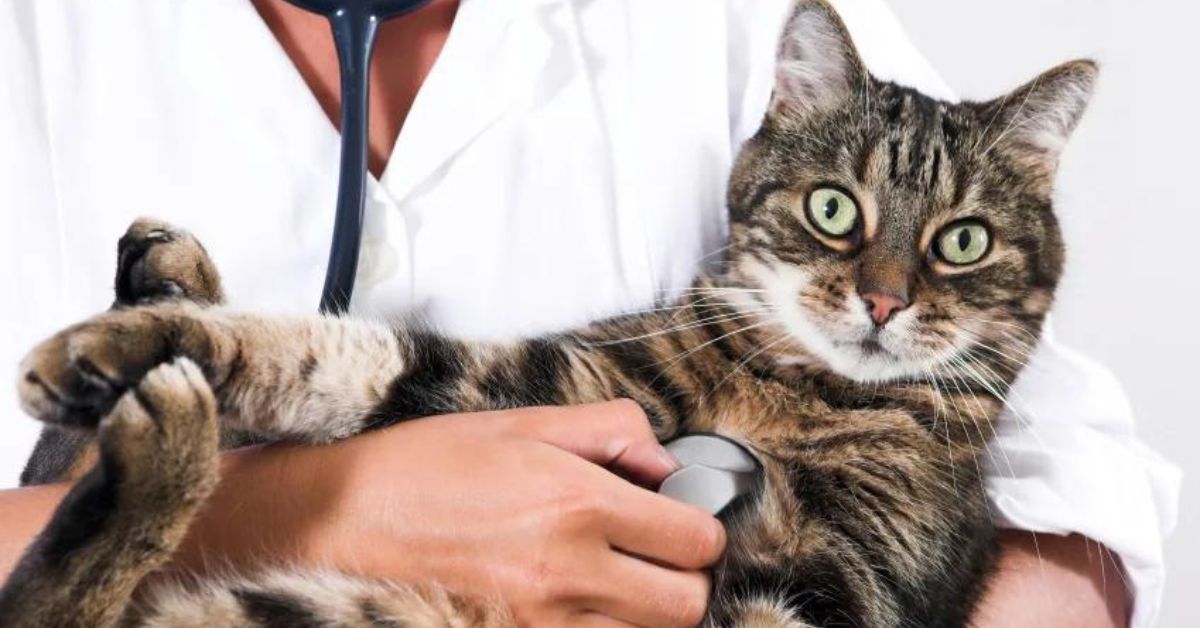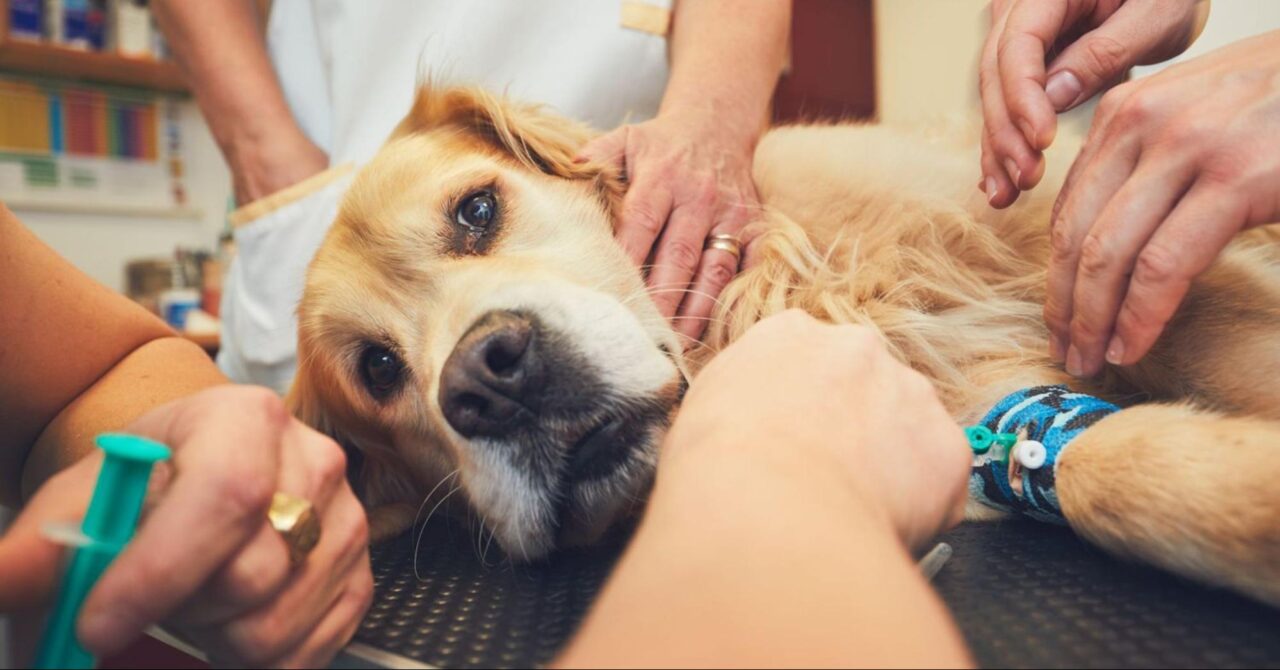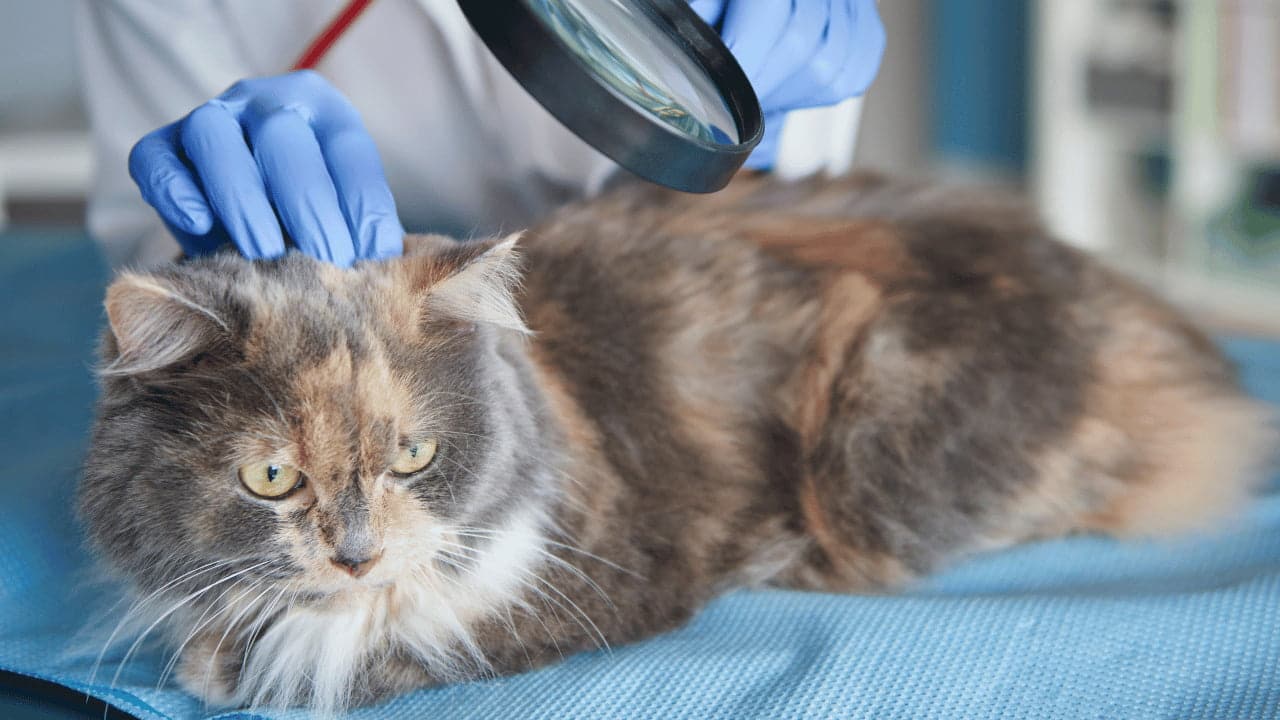
Let’s find out how to prevent Cushing’s disease in cats. It’s very rare to observe Cushing’s syndrome in cats due to high levels of cortisol. In our feline friends, this isn’t something that can be seen every day. It affects many organs of the body and can lead to cancer as well. Hyperadrenocorticism is another name for Cushing’s syndrome which happens when a cat’s adrenal glands produce an excessive amount of cortisol. This results in a state where their bodies no longer function normally and they may therefore start experiencing such problems as an increased likelihood of falling ill or developing diabetes. Treatments for the condition do exist; though, it is often difficult for these cats to recover considering that they mostly have other medical issues alongside. Sometimes, if cats have had powerful steroid treatments for a long time, they can get something similar. But those injections can usually be stopped slowly from treating the condition altogether. Nevertheless, this should be done only with careful monitoring by a veterinarian because he/she will ensure things move on smoothly without any disturbance and your beloved pet will once again feel good about herself/himself.
What causes Cushing’s disease in cats
The causes of Cushing’s disease, in cats typically result in symptoms. There are three reasons why a cat might experience this condition;
- Pituitary Gland Tumor; This is the trigger affecting around 85% of cats with Cushing’s disease. Whether the tumors are cancerous or not they stimulate cortisol production by the glands. While most of these growths are noncancerous they still require treatment to regulate hormone levels.
- Iatrogenic; Iatrogenic Cushing’s disease occurs when a cat develops the condition due to an overdose of steroid medications. Administration of medications like prednisolone, dexamethasone, or prednisone through injection via pill, liquid, or syringe can lead to Cat Cushing’s Disease. Although steroids can be beneficial an excessive amount can result in complications. Even fatality.
- Adrenal Gland Tumor; Cats may acquire Cushing’s disease as a result of a tumor, on their gland. These tumors can be either benign) or cancerous (malignant). Some cats show improvement post-surgery if benign tumors are removed; however, for others, the outcome depends on whether cancer has spread to parts of the body or vital organs in cases of malignancy.
Cushing’s Disease from Steroids in Cats
Excessive use of steroid medications can lead to the development of Cushing’s disease, in cats. Known as Iatrogenic Cushing’s disease this condition may occur when cats have been prescribed steroids such, as prednisolone, dexamethasone, or prednisone.
Cushing’s Disease in Cats with Diabetes
Cats, with Cushing’s disease often show insulin resistance, which can result in diabetes. This resistance is caused by the glucose released by the kidneys causing increased thirst and frequent urination.
Signs of Cushing’s disease in cats
If your cat has any of these symptoms, you must go to see a veterinarian immediately. This is because these signs may indicate Cushing’s disease or other serious illnesses:
⦁ Skin Problems: Cats with Cushing’s disease are prone to having delicate skin that can easily tear and bleed.
⦁ Increased Hunger: If your cat suddenly looks much hungrier than normal or cannot seem to have enough food, this could indicate Cushing’s disease. This could potentially lead to an unexpected increase in body mass.
⦁ Increased Thirst or Urination: Your cat drinking more water than usual and peeing more frequently may be a sign of Cushing’s’ disease. However, it may also be indicative of kidney problems or issues with blood sugar which can be aggravated by cushings.
⦁ Gastrointestinal Issues: In cats characterized by the Cushing syndrome they display frequent bloating and vomiting.
⦁ Tiredness: A Cushing’s disease-stricken one might appear weaker and feel more tired than previously.
If you notice any of these signs in your cat, it’s best to get them checked out promptly by a vet.
Treatment for Cushing’s disease in cats
Cats suffering from it require treatment for the condition known as Cushing’s Disease. Your vet will slowly reduce those medications if iatrogenic hyperadrenocorticism is diagnosed in your cat. They will also prescribe other drugs to correct the original problem for which such drugs were used.Cats that have naturally occurring hyperadrenocorticism have limited treatment choices. The following are among the techniques used to treat this condition:

⦁ Drug therapy: Some drugs can be administered to minimize cortisol production. Trilostane is typically given once or twice daily and is often required. It might take some time before seeing any changes.
⦁ Surgical adrenalectomy: If a single adrenal gland is affected, the operation can be done.
⦁ Hypophysectomy: This risky procedure involves the removal of the pituitary gland and is only done in severe cases.
⦁ Radiation for pituitary tumors: Although not always available, this treatment can work well for cats with Cushing’s disease due to pituitary tumors.
Cushing’s disease in cats life expectancy
Whether your cat will ever recover from Cushing’s disease depends largely on what caused it initially. Many cats that develop iatrogenic hyperadrenocorticism (drug-induced) respond very well to treatment and could go on for many years maybe even living comfortably for life. But if your pet has got Cushing’s disease as a result of a cancerous tumor then things are more uncertain. Your vet would explain further about the state of your cat and what you should do depending on how bad it is.
Addison’s disease in cats
Cats also develop hypoadrenocorticism or Addison’s disease. This illness is caused by the failure of adrenal glands to produce hormones such as cortisol and mineralocorticoids.
It is usually found in both genders of middle-aged cats. Whereas in dogs it mostly results from the immune response gone wrong, in cats we have no clear understanding of its triggers yet.
Addison’s disease can be confused with other illnesses as it manifests through similar symptoms. In a cat, tiredness, dehydration, weight loss, or vomiting may appear symptomatic of renal problems or inflammatory bowel syndrome.
At times, cats suffering from Addison’s may seem to improve when given fluids and steroids at a veterinary clinic only for them to have a relapse later on. If your cat exhibits signs of an Addisonian crisis, take it to the vet immediately!
Normally the vet will give your cat some fluids and steroids hoping that this will cure it but a few days after being discharged you realize that it has become worse than ever before and this means that even if you love your pet very much sometimes you still need to let go. Therefore once you see any symptoms of Addison’s disease consult with a vet on time since there might be other ailments that pose more danger.
Treatment for Addison’s often involves giving cats intravenous fluids mixed with corticosteroids at the animal clinic; however, this only provides temporary relief as most cats go into shock within hours due to their low blood pressure caused by sudden withdrawal of fluid therapy. Therefore if your cat has a problem don’t wait until she vomits just take her quickly for an abdominal x-ray otherwise if you delay she might die in your hands at home while crying out loud and struggling against excruciating pain because ordinarily vomiting is not a serious issue unless it persists over time.
Treatment depends on the type of Addison’s your cat has. Some need monthly shots of mineralocorticoids and daily steroid pills, while others just need the pills.
Your vet will figure out the best plan for your cat and prescribe the right meds to keep them feeling their best.
FAQs
What are the telltale signs that my cat might have Cushing’s disease?
You might notice your cat drinking more water than usual, urinating frequently, gaining weight despite a reduced appetite, losing fur in patches, and appearing lethargic or less active than usual. Keep an eye out for these signs and consult your vet if you’re concerned.
Is Cushing’s disease common in cats, or is it more of a rarity?
While Cushing’s disease is more commonly associated with dogs, it can still occur in cats, although it’s relatively rare compared to other health issues they may face. However, it’s essential for cat owners to be aware of the possibility and to seek veterinary advice if they suspect their cat may be affected.
How do vets diagnose Cushing’s disease in cats, and is it a straightforward process?
Diagnosing Cushing’s disease in cats can be a bit tricky because the symptoms can overlap with those of other conditions. Typically, vets will perform a series of tests including blood work, urine analysis, and sometimes imaging studies like ultrasounds or MRIs to confirm the diagnosis.
Can Cushing’s disease in cats be cured completely, or is it something they’ll have to manage long-term?
Unfortunately, there’s no cure for Cushing’s disease in cats. However, with proper management and treatment, many cats can live relatively normal lives. The goal of treatment is to control the symptoms and improve the cat’s quality of life.


